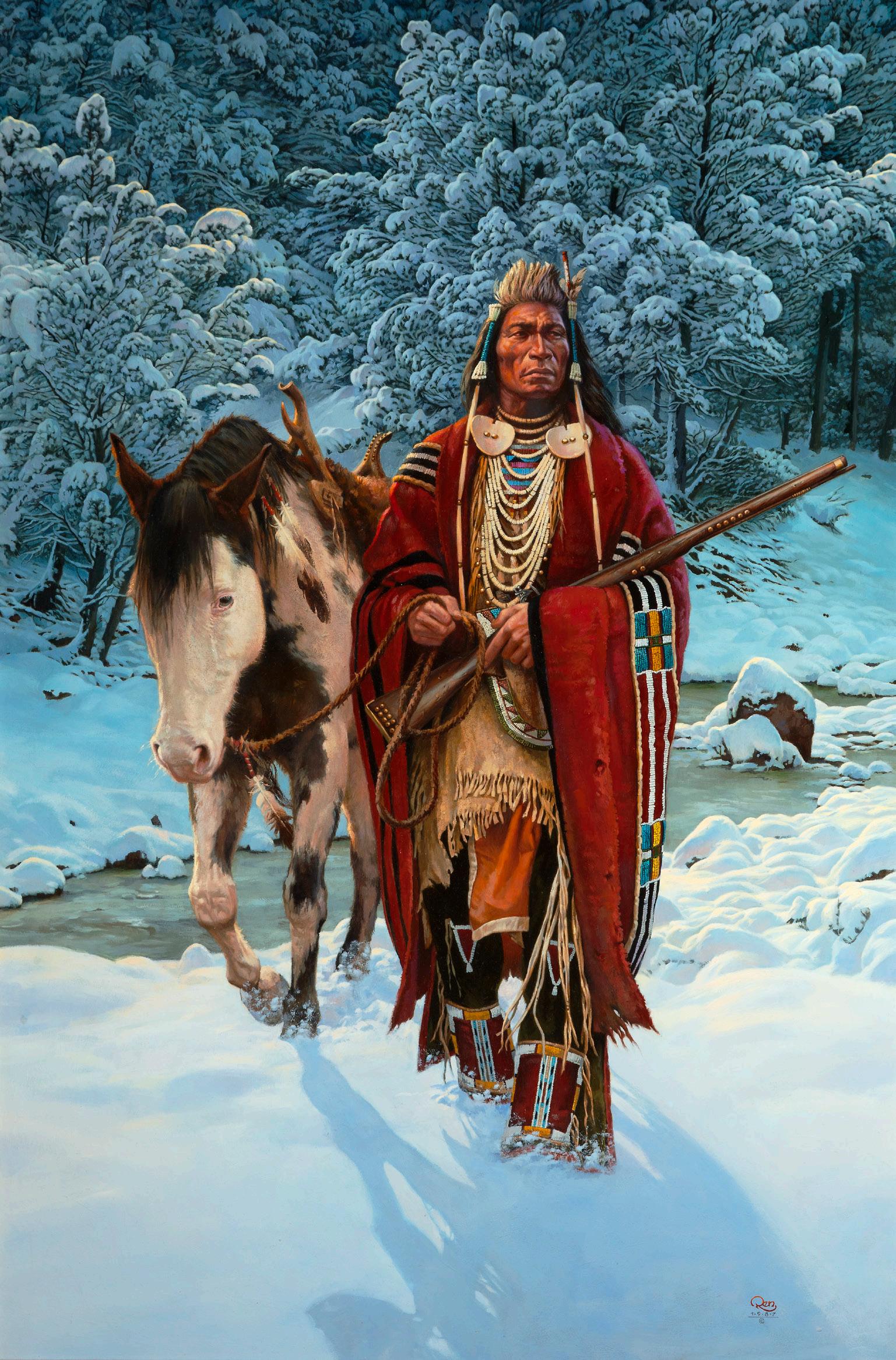
2 minute read
Chuck Ren
1941 - 1995
Chuck Ren was born the middle child of five, in the very small copper mining town of Ajo, Arizona, located about halfway between Gila Bend and the Mexican border, and just outside the Tohono Oʼodham Nation Reservation. Chuck spent a lot of time drawing growing up, because he said, “There wasn’t all that much to do. It was always so hot that I’d spend most of my time indoors, drawing.” At the age of 12 he, “sent in for the Famous Artist School test that you’d always see offered in ads. They sent back my work with a grade of B+ but told me I was too young to enroll. I was really crushed.”
Fortunately, Chuck didn’t give up on his passion for drawing. After finishing high school Ren spent his freshman year at Northern Arizona University and then transferred to the University of Arizona, earning a Bachelor of Fine Arts. After college, Ren worked as a commercial artist for Lockheed Air Service and Computer Sciences Corporation producing slide shows, annual reports, and brochures. In addition to working his day job, an advertisement placed in the Los Angeles Illustrator’s Catalog brought Ren a substantial amount of freelance work, illustrating record album covers, movie posters, billboards, and projects for the National Football League. “Whenever I had the chance,” he said, “I’d also do free-lance work for whatever it would pay. I started making a lot of contacts. The free-lance work increased to the point where I couldn’t do both, so I quit my full- time job in 1976 and went totally freelance.” He illustrated the 1980 Super Bowl poster and eventually ended up working for all 28 of the NFL franchises. By 1980, the bulk of his work was for football oriented, producing more than 200 illustrations for the NFL and a dozen covers for Pro! magazine. The NFL described him as “perfect.”
However, in 1982 Ren dramatically shifted his focus when he moved to Sedona, Arizona and switched his orientation to fine art related to the Indians of the American West. He explained the change in the orientation of his work this way, “Because that is a way of life that is gone, and I want to preserve it in memory. If you look at a modern cattle round-up, you realize that the American cowboy’s way of life hasn’t essentially changed.” So, Ren chose to focus his work on Indians rather than cowboys, saying, “I’m trying to learn everything I can about the Indians. Most paintings I’ve seen dealt with the Indian in a group or social setting. I’ve tried to focus on the individual.” Ren was meticulous about authenticity, collecting original artifacts and costumes for his work and commissioning reproductions when originals could not be had. Consequently, his paintings of Plains Indians were well received, and the popularity of the prints made of his painting “Mystic Warrior” brought him national attention.
Interestingly, in many ways the art and career of Chuck Ren are being mirrored by his son Jon, a wildlife and Western artist who graduated from the Art Institute of Colorado and began his career by creating team posters for the NFL.
WINTER OF ‘41 Oil on Board 1987 36 ½ x 24 ½ inches
WINTER SCOUT Acrylic on Board 1987 14 x 10 ½ inches












